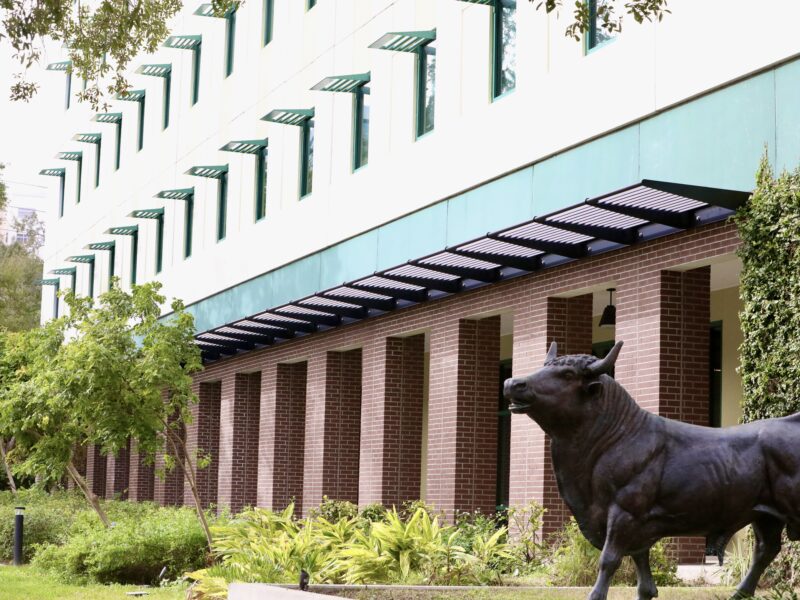Food, on average, is shipped 1,500 miles before it reaches our plate. Knowing this fact changed my Thanksgiving. As I sat there looking at homemade mashed potatoes, green bean casserole, caprese salad, stuffing and turkey, I wondered how many different states all this food came from.
People know that vehicle exhaust is adding greenhouse gasses to the atmosphere that make our planet heat at a faster rate. It’s easy to imagine that hundreds of trucks driving an average of 1,500 miles add thousands of pounds of carbon dioxide to our atmosphere every year. But what does a pound of carbon dioxide even mean?
According to the Environmental Protection Agency, a gallon of gasoline produces 19.4 pounds of carbon dioxide, and that’s just for an average car, not a semi-truck.
Crude oil is a product of carbon-based life forms such as plants and animals. It takes millions of years and an extensive geologic process for the remains to break down, or biodegrade, into carbon. The oil we use as fuel in vehicles has many hydrocarbons, molecules comprised of the carbon from life forms and hydrogen. For example, the octane molecule in gasoline is made of 8 carbon molecules and 18 hydrogen molecules.
When the hydrocarbons are burned in the engine, they break and then recombine with the air (which is mostly nitrogen and oxygen). This combination produces heat and two chemical byproducts: water and carbon dioxide—literally making the air heavier because weight from carbon has been added to the oxygen.
That said, one easy way someone can personally eliminate pounds of emissions is to buy food grown by local farmers. Florida is a great place to seek out local foods because surprisingly, Florida is an agriculture state. According to the Florida Department of Agriculture and Consumer Services, Florida is the country’s second-leading producer of vegetables and 11th in beef cows.
Purchasing “local” doesn’t necessarily mean the food needs to be from the same city you live in—it can mean a radius of 50 to 100 miles. Knowing how fast hydrocarbons get to work and heat the atmosphere, getting food from 100 miles away is definitely better than getting food from 1,500 miles away.
A great way to reduce your food carbon footprint is to check the labels of your food. Buy Florida oranges and avocados instead of the ones from California. If you can, stop by the Saturday Morning Market and check out the various vendors selling food they grew themselves. I also find that their prices are actually much lower than Publix!
Aside from reducing your carbon footprint, buying local food is great for our local economy. If you think of spending money like voting, in that every time you buy something you are voting with your dollar, buying local food helps support local farmers and shows the food industry that people no longer want their food shipped from across the country. Spending money on countrywide distributed food is like telling a company it’s what you want and to keep providing that service. And unfortunately, money leaves the community. It is estimated that twice as much money stays in the community when people shop locally than when they spend their money at a place like Wal-Mart.
It’s like when Gandhi suggested the Indian people would gain more power as a country by keeping their money in the country. He encouraged people to buy locally made products, as opposed to products shipped in from the United Kingdom.
I’m not suggesting St. Petersburg can overthrow the food industry by purchasing locally grown food. But I am saying that we as individuals can choose to keep money in our community and actively lower our carbon footprint in another way than reducing, reusing and recycling. As Gandhi would say, “Be the change you wish to see in the world.”
lmreilly@mail.usf.edu


